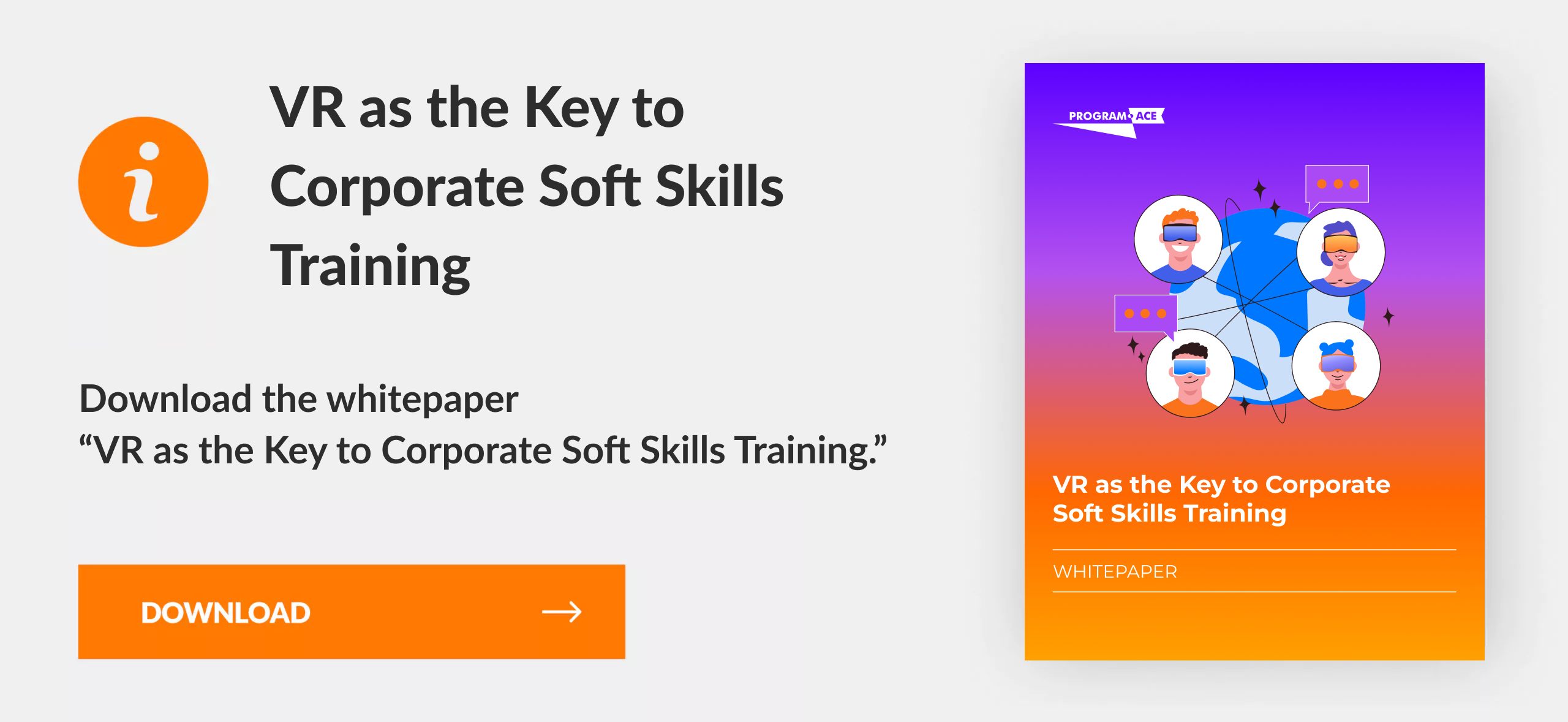Simulation training has become a key component in effective learning across various sectors. Simulation development offers learners a risk-free environment to practice and refine their skills, providing realistic scenarios that mirror actual situations. Various industries, from healthcare to aviation, utilize these methods to ensure that their employees are well-prepared for real-world challenges. This post will explore specific simulation training examples that highlight the diverse applications and benefits of these training tools.
By examining concrete cases, we can understand how simulation training enhances skills, boosts confidence, and improves performance. Detailed examples will showcase how organizations have successfully implemented simulations to train their workforce, making learning more interactive and impactful. Whether it’s medical procedures or emergency response drills, these examples will illustrate the effectiveness of simulation training in modern educational and professional settings.
Why Incorporate Simulations into Your Training Program
Integrating simulations into training programs offers a host of advantages. Learners engage in interactive experiences that replicate real-world scenarios, enhancing skill acquisition and retention. Simulation training provides a safe environment for practice, reducing risks associated with on-the-job training.
Using advanced technologies like virtual reality simulations, learners can immerse themselves in realistic settings. Immediate feedback and performance tracking ensure continuous improvement. Organizations can choose the best approach to meet their training needs by comparing digital twin vs. simulation. Simulation prepares employees more effectively, boosting their confidence and competence in real-life situations.
An Immersive Emergency Simulation Designed for Gap Inc.
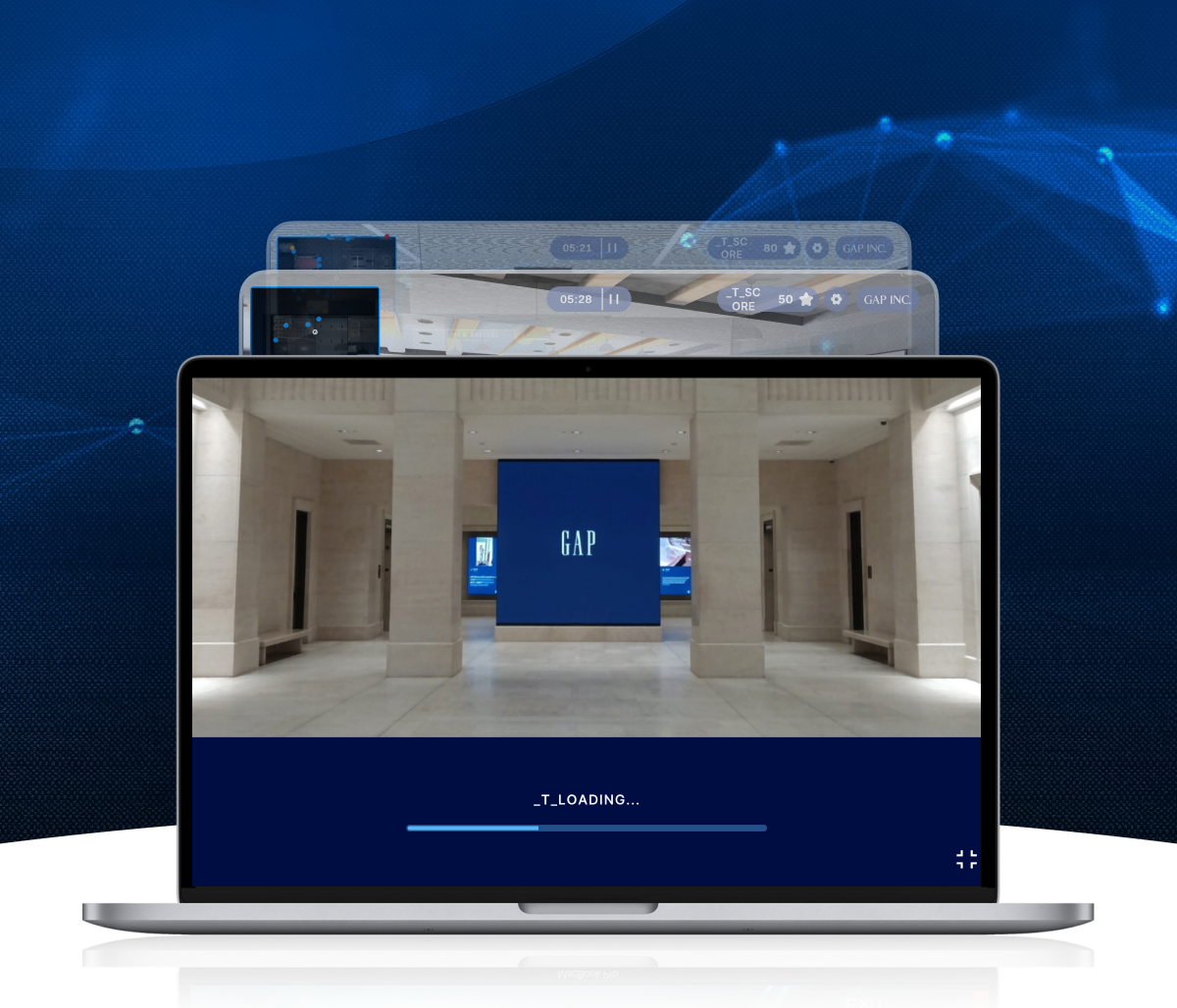
In this example of simulation done right, Program-Ace created an immersive experience for Gap Inc. to practice emergency scenarios in realistic retail environments. The training focuses on safety, adaptability, and compliance.
Engaging and Interactive Learning Experience
Simulation training transforms traditional learning methods into engaging and interactive experiences. Virtual reality simulations allow learners to immerse themselves fully, creating a sense of presence that traditional methods lack. This approach enhances concentration and motivation, as participants actively participate rather than passively receive information.
A simulated training example in healthcare might involve practicing surgical procedures in a virtual operating room, allowing medical professionals to hone their skills without patient risk. Similarly, corporate training can benefit from role-playing scenarios where employees navigate challenging customer interactions.
Such immersive experiences lead to better retention and understanding, as learners are more likely to remember and apply what they have practiced. By incorporating interactive elements, simulations make learning enjoyable and effective, resulting in more proficient and confident professionals.
Real-World Application Without Risks
Simulations provide a unique advantage by allowing learners to apply their knowledge in realistic scenarios without facing actual risks. This approach is particularly valuable in high-stakes industries like aviation and healthcare. For instance, pilot training often includes flight simulators that replicate various flying conditions, helping pilots practice emergency procedures and routine operations in a controlled environment.
Similarly, medical training frequently uses simulations to teach procedures and patient care, reducing the likelihood of errors during real operations. By using virtual reality simulations, trainees can experience situations that would be too dangerous or costly to replicate in real life. This method ensures that learners gain practical experience and confidence without jeopardizing safety. Overall, simulation training bridges the gap between theory and practice, enabling learners to apply their skills effectively when it matters most.
Immediate Feedback and Skill Improvement
One of the critical benefits of simulation training is the ability to provide immediate feedback, which is crucial for skill improvement. During simulated scenarios, learners receive real-time performance evaluations, allowing them to identify strengths and areas needing improvement instantly. For example, in a simulated training example for emergency response, participants might practice disaster management, receiving instant feedback on their decision-making and coordination skills.
This immediate response helps learners make quick adjustments and understand the consequences of their actions, fostering a deeper understanding of the material. Learners can achieve a higher level of competence by continuously refining their techniques based on feedback. Moreover, trainers can tailor future sessions to address specific weaknesses, ensuring a personalized and practical learning experience. This approach accelerates skill development and prepares individuals to perform optimally in real-world situations.
Simulation Training Examples Across Industries
Various industries leverage simulation training to enhance skill development and ensure high performance. Simulation employee training examples highlight the effectiveness of virtual simulation in preparing professionals for real-world challenges. By examining specific use cases, we can understand the impact and benefits of these training methods across different fields.
Healthcare: Simulated Surgeries and Emergency Response
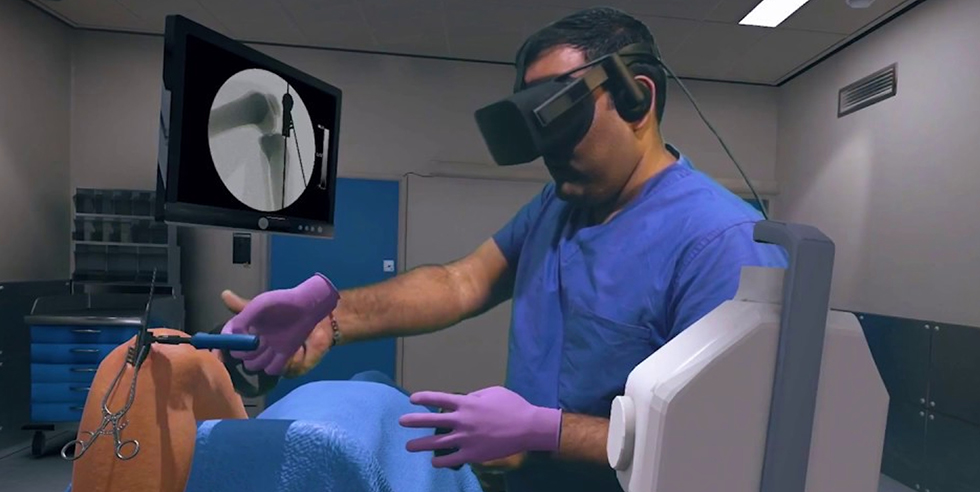
Healthcare professionals frequently utilize simulation training to improve their skills in a controlled environment. Simulated surgeries allow surgeons to practice complex procedures without the risk of harming patients. For example, virtual simulations enable doctors to refine techniques for intricate operations like heart surgery, enhancing precision and confidence. Emergency response training also benefits from simulations. Medical teams can rehearse their responses to various scenarios, such as mass casualty events or natural disasters. This hands-on practice ensures that healthcare workers are well-prepared to manage crises efficiently. An example of simulation training in this context involves a simulated emergency room where practitioners respond to incoming patients, practicing triage and treatment protocols. By using simulation training, healthcare professionals can significantly improve their skills and readiness, ultimately leading to better patient outcomes.
Aviation: Pilot Training and Emergency Maneuvers

Aviation heavily relies on simulation training to ensure pilot proficiency and safety. Flight simulators replicate real flying conditions, allowing pilots to practice routine operations and emergency procedures in a controlled setting. For example, virtual simulations provide pilots with the opportunity to handle engine failures, severe weather conditions, and other critical scenarios. This method helps pilots develop the necessary skills to respond effectively to in-flight emergencies.
Another key aspect of aviation simulation training is the rehearsal of complex maneuvers, such as landing in adverse weather or executing a controlled descent. By practicing these maneuvers in a simulator, pilots can gain confidence and experience without risking actual flights. Simulation employee training examples in aviation demonstrate how virtual simulations enhance pilot readiness and ensure the safe and efficient operation of aircraft.
Military: Tactical Operations and Battlefield Scenarios
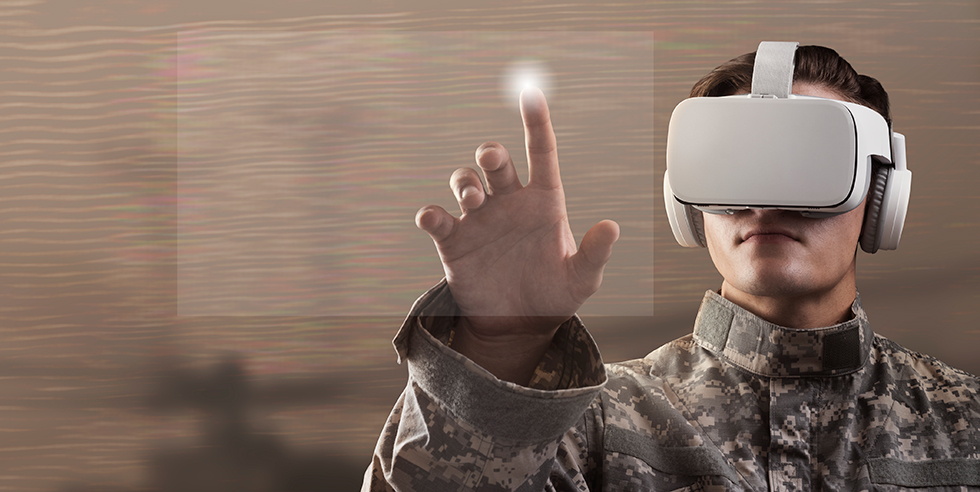
The military sector employs simulation training to prepare personnel for tactical operations and battlefield scenarios. Virtual simulations recreate combat environments, enabling soldiers to practice maneuvers, strategic planning, and decision-making under pressure. An example of simulation training in the military involves a virtual battlefield where soldiers engage in coordinated attacks and defensive strategies.
This training helps improve their ability to work as a unit, enhancing communication and coordination skills. Real-time feedback during these exercises allows for immediate correction of mistakes and reinforcement of effective tactics. By experiencing various combat scenarios, military personnel can develop the skills needed to respond to dynamic and complex situations. Simulation employee training examples in the military demonstrate the value of virtual simulations in ensuring readiness and effectiveness in actual operations.
Corporate: Leadership and Soft Skills Development

Corporations use simulation training to enhance leadership and soft skills among employees. Virtual simulations create realistic business scenarios where participants practice decision-making, conflict resolution, and team collaboration. For instance, a simulated boardroom meeting allows executives to role-play different leadership styles and receive feedback on their performance. This approach helps leaders refine their strategies and improve their ability to manage teams effectively.
Another example of simulation training involves customer service representatives handling challenging interactions with clients in a virtual setting. Practicing these scenarios enhances communication skills and emotional intelligence. By engaging in these realistic simulations, corporate employees can develop soft skills to excel in their roles and contribute to a positive work environment.
Manufacturing: Machinery Operation and Safety Protocols
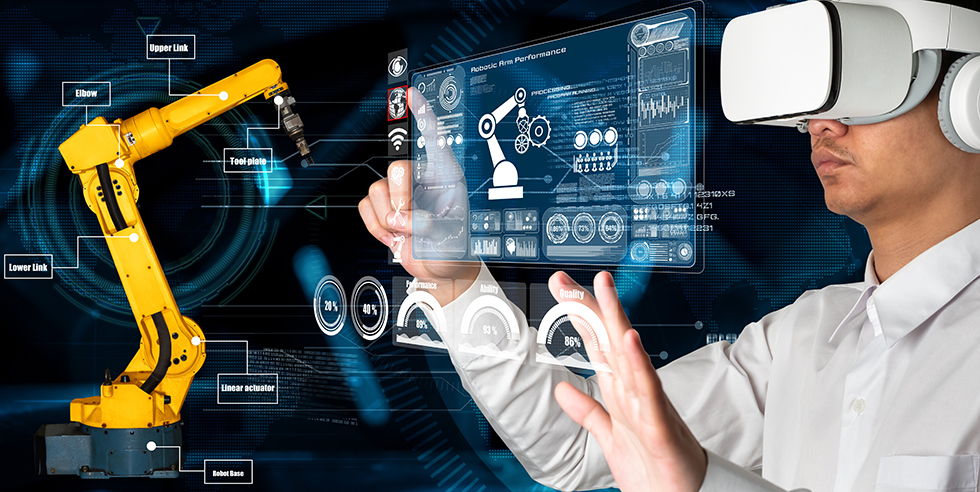
Simulation training in the manufacturing industry focuses on machinery operation and safety protocols. Virtual simulations allow workers to practice operating complex machinery without the risk of equipment damage or personal injury. For instance, a simulated assembly line enables operators to learn the correct procedures for machine handling and maintenance.
This method ensures that employees are well-versed in the operation of machinery before they start working on the actual production floor. Safety protocols are another critical aspect of simulation training in manufacturing. Workers can practice emergency response procedures, such as fire drills or equipment malfunctions, in a controlled environment. By using simulation training, manufacturing companies can enhance worker safety, reduce accidents, and improve overall operational efficiency.
Education: Simulations for Efficient Learning
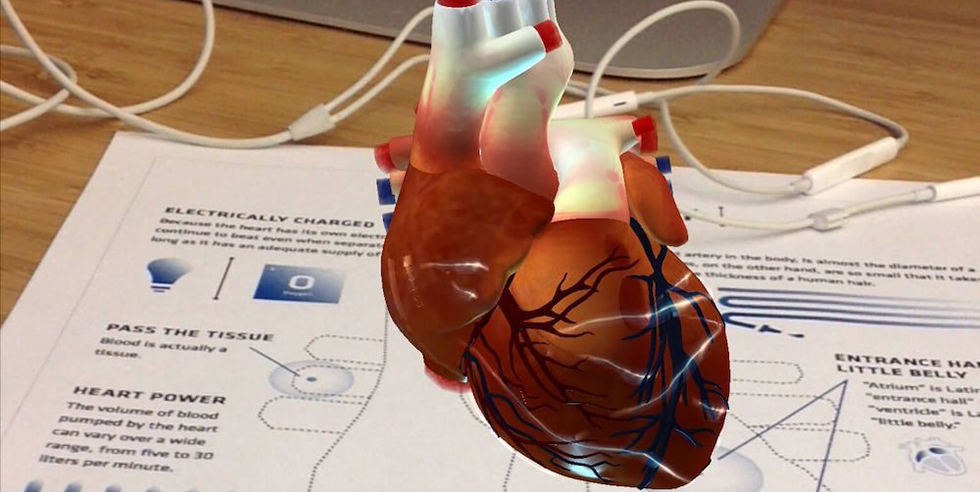
Educational institutions integrate simulation training to provide students with practical, hands-on learning experiences. Virtual simulations in the classroom allow students to engage with the material in an interactive way, improving retention and understanding. For example, medical students might use virtual simulations to practice diagnosing and treating patients in a simulated clinic.
Such an approach helps them apply theoretical knowledge in a practical context. Another example involves engineering students using simulations to design and test structures, gaining insights into real-world engineering challenges. Simulation training also benefits educators by providing tools to assess student performance and identify areas needing improvement. Through realistic simulations, educational institutions can enhance learning outcomes and better prepare students for their future careers.
Construction: Training in Risk-Free Environments
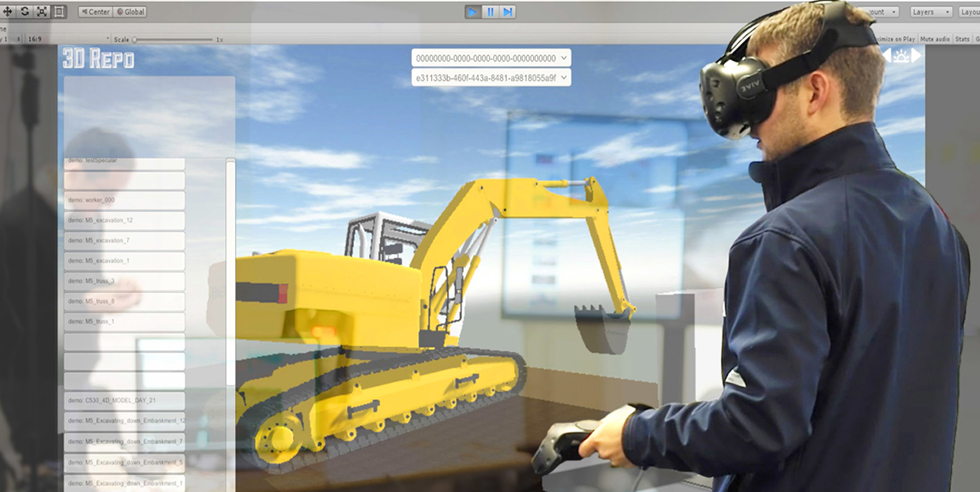
The construction industry utilizes simulation training to prepare workers for various tasks in a risk-free environment. Virtual simulations recreate construction sites, allowing workers to practice operating equipment, following safety protocols, and executing building plans. For instance, a crane operator might use a simulation to learn how to maneuver loads safely and efficiently. This training reduces the risk of accidents and ensures that operators are competent before handling actual equipment.
Simulations also help construction workers practice emergency response procedures, such as handling hazardous materials or evacuating a site during an emergency. By engaging in realistic simulations, construction workers can develop the skills needed to perform their jobs safely and effectively, leading to a safer and more efficient construction process.
Training Simulation Examples by Notable Organizations
Various renowned organizations have successfully integrated simulation training into their programs to enhance skills and performance. Examples of simulation training from these institutions highlight the effectiveness and practical benefits of this approach. Exploring specific cases provides insight into how simulation training can be applied across different fields to achieve exceptional results.
Mayo Clinic: Medical Procedure Simulations

The Mayo Clinic employs medical procedure simulations to train healthcare professionals in performing complex surgeries and emergency responses. These virtual simulations allow surgeons and medical staff to practice intricate procedures in a controlled environment, ensuring they can handle real-life operations with precision and confidence.
For example, a simulated cardiac surgery enables doctors to refine their techniques without the risk of patient harm. Emergency response training includes scenarios like mass casualty incidents, where teams practice rapid assessment and intervention strategies.
Immediate feedback during these simulations helps medical professionals correct errors and improve their skills efficiently. This method also allows the Mayo Clinic to maintain high standards of patient care by ensuring all staff members are thoroughly trained. Examples of simulation training at the Mayo Clinic demonstrate the critical role simulations play in preparing healthcare providers for the complexities of medical practice.
Boeing: Flight Simulators for Pilot Training

Boeing utilizes flight simulators to train pilots, ensuring they are equipped to handle various flying conditions and emergency situations. These simulators replicate real flight experiences, providing a realistic environment for pilots to practice and refine their skills. Training scenarios include handling engine failures, navigating severe weather, and executing emergency landings.
Each session offers immediate feedback, allowing pilots to learn from their mistakes and improve their performance. Flight simulators also help pilots practice routine procedures, such as takeoffs and landings, enhancing their overall proficiency. By using these advanced training tools, Boeing ensures that pilots are well-prepared for the challenges they may encounter in the air. Examples of simulation training at Boeing highlight the importance of thorough and realistic training methods in maintaining aviation safety and efficiency.
KFC: Safe Hands-On Experience for Employees

KFC uses simulation training to provide employees with a safe and controlled environment for hands-on experience. Virtual simulations recreate the kitchen and customer service areas, allowing new hires to practice their roles without the pressure of a real restaurant setting. For example, a simulated cooking station enables employees to learn how to prepare menu items correctly.
Customer interaction simulations help employees handle various service scenarios, from taking orders to resolving complaints, improving their communication and problem-solving skills. These training modules also include safety protocols, teaching employees how to manage hot equipment and handle potential hazards.
Immediate feedback during these sessions helps trainees correct mistakes and refine their techniques, leading to better performance on the job. KFC’s approach to simulation training ensures that employees are well-prepared, confident, and efficient in their roles, ultimately enhancing overall customer satisfaction.
Walmart: Simulations for Better Customer Experience

Walmart employs simulation training to enhance the customer service skills of its employees, ensuring a better shopping experience for customers. Virtual simulations provide realistic scenarios where employees can practice handling various customer interactions, from assisting with product inquiries to managing difficult situations.
For instance, a simulated store environment allows trainees to navigate the aisles, helping customers find products and offering recommendations. Conflict resolution simulations train employees to address customer complaints effectively, improving their problem-solving abilities. These sessions also cover operational procedures, such as restocking shelves and managing inventory, ensuring employees are proficient in their tasks.
Real-time feedback helps trainees identify areas for improvement and refine their skills quickly. Walmart’s use of simulation training demonstrates its commitment to delivering high-quality customer service, creating a more pleasant shopping experience for its patrons.
U.S. Army: Combat and Strategy Simulations

The U.S. Army relies on simulation training to prepare soldiers for combat and strategic operations. Virtual simulations recreate battlefield environments, allowing troops to practice tactical maneuvers and decision-making in high-pressure situations. For example, a simulated combat mission might involve navigating through hostile terrain and coordinating with team members.
These exercises help soldiers develop critical thinking and leadership skills essential for successful operations. Strategic simulations also train commanders in planning and executing military strategies, providing a safe space to test different approaches without real-world consequences. Real-time feedback during these sessions allows for immediate assessment and improvement of tactics. By using advanced simulation training, the U.S. Army ensures that its personnel are well-prepared for the complexities of modern warfare, enhancing their readiness and effectiveness in the field.
Program-Ace Transforms Security Training with Innovative X-ray Simulation
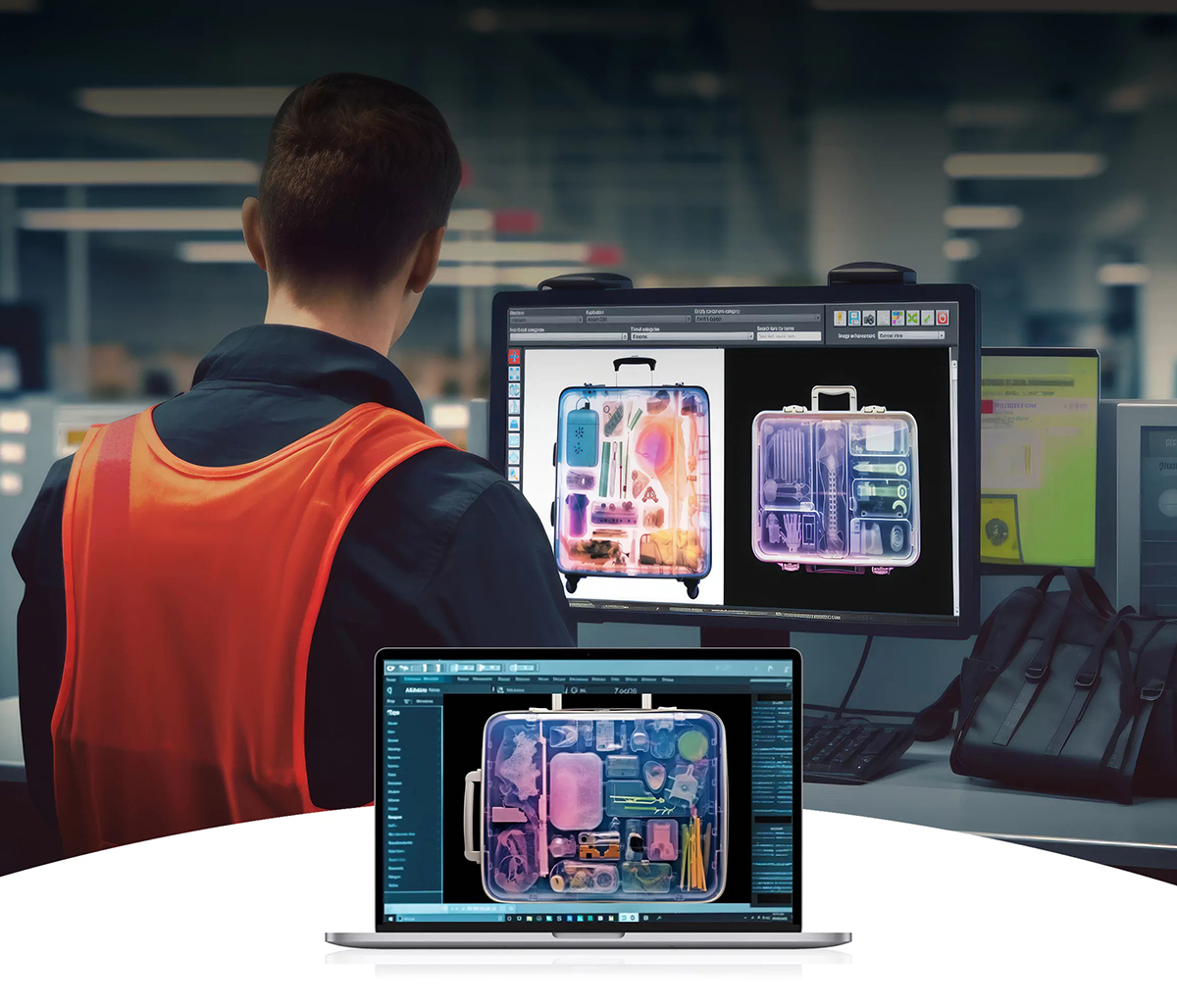
Program-Ace partnered with a leading UK Customs & Security company to port a Security X-ray Simulation Platform from PC to the web. This advanced training tool enhances airport security screeners' image interpretation and threat detection skills, ensuring compliance with European regulations.
Enhancing Simulation Training with Generative AI
Generative AI is transforming simulation training by introducing dynamic, personalized, and cost-effective solutions. Leveraging this technology, training programs become more adaptable and efficient, providing richer and more engaging experiences for learners across various industries.
Creating Dynamic Training Scenarios
Generative AI allows the creation of dynamic training scenarios that adapt in real time to the learner's actions. This capability ensures that each training session is unique and tailored to specific learning objectives. For example, in a healthcare setting, AI can modify virtual simulations to present different medical cases based on the learner's previous decisions and performance. This approach keeps the training engaging and relevant, preventing repetitive scenarios.
In corporate training, dynamic simulations can adjust difficulty levels according to the employee's progress, challenging them appropriately to foster skill development. The use of generative AI in virtual training environments allows for a more immersive and realistic experience, as the scenarios can continuously evolve to reflect real-world complexities. This adaptability ensures that learners are better prepared for diverse situations, enhancing their overall competency and readiness.
Personalizing Training Based on Learner Performance
Generative AI enables the personalization of training programs by analyzing individual learner performance and tailoring content accordingly. This approach ensures that training addresses specific needs and learning gaps. For instance, virtual training platforms can use AI to track a learner's progress, identify strengths and weaknesses, and adjust the curriculum to focus on areas requiring improvement.
Therefore, in military training, AI can personalize combat simulations based on a soldier's previous performance, providing targeted practice on tactical maneuvers that need refinement. Similarly, in corporate settings, AI can customize leadership training modules to develop specific skills relevant to the learner's role and career goals. This personalized approach enhances learning efficiency and effectiveness, ensuring that each participant receives the most relevant and impactful training experience.
Reducing Development Time and Costs
Generative AI significantly reduces the time and costs associated with developing simulation training programs. Traditional simulation development involves extensive manual coding and scenario design, which can be both time-consuming and expensive. AI streamlines this process by automating the creation of training scenarios and dynamically generating content based on predefined parameters.
For example, in the aviation industry, AI can quickly produce various flight simulation scenarios, allowing pilots to practice different conditions without the need for extensive manual setup. This efficiency not only accelerates the deployment of training programs but also lowers the overall development costs. Additionally, AI-driven simulations require less human intervention for updates and maintenance, further reducing expenses. Organizations can thus allocate resources more effectively, focusing on enhancing training quality and expanding their training offerings.
What about building your simulation training with us? Reach out to us!
Why Choose Program-Ace for Your Simulation Training Needs
Program-Ace delivers effective simulation training solutions tailored to various industries. As a trusted software development service provider, Program-Ace specializes in creating immersive and realistic training environments using advanced technologies like virtual reality. The team’s expertise ensures high-quality simulations that meet your specific needs, enhancing the learning experience. From hands-on training modules to complex procedural simulations, each solution is designed to improve knowledge retention and real-world application.
Program-Ace also provides personalized service, making sure each project aligns with your objectives. For reliable and innovative simulation training, contact us to learn how we can help elevate your training programs.



